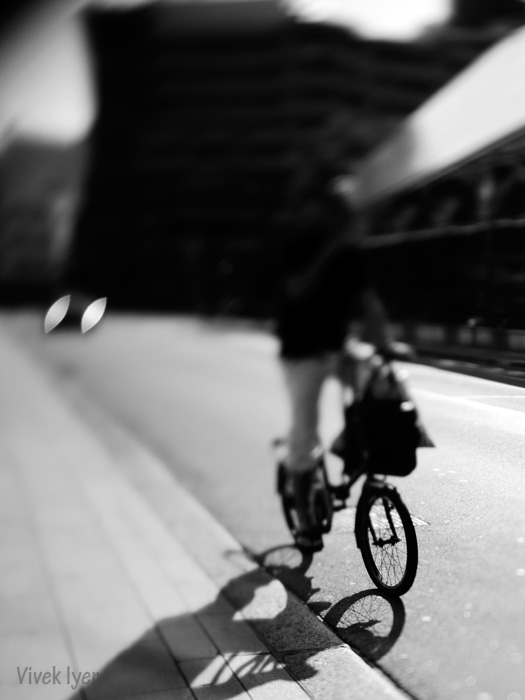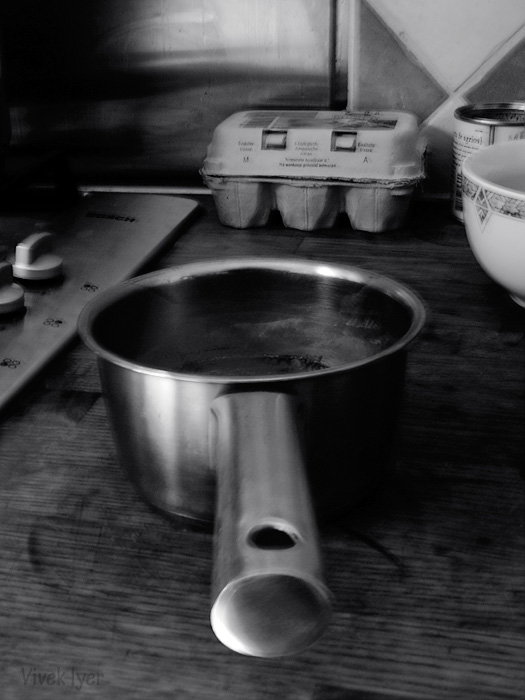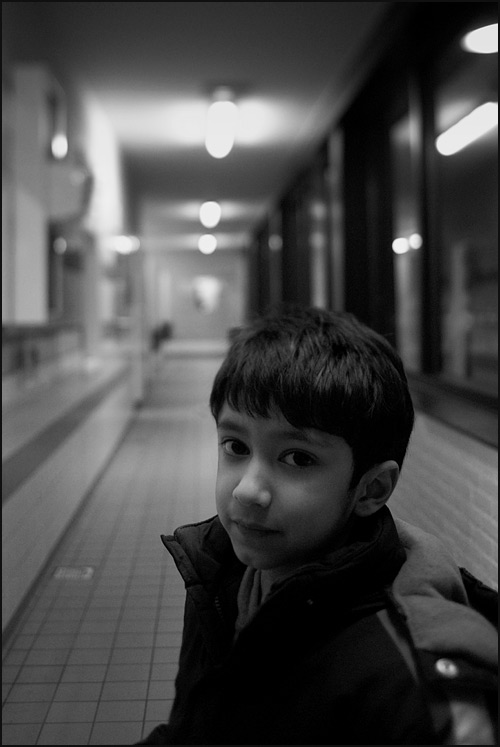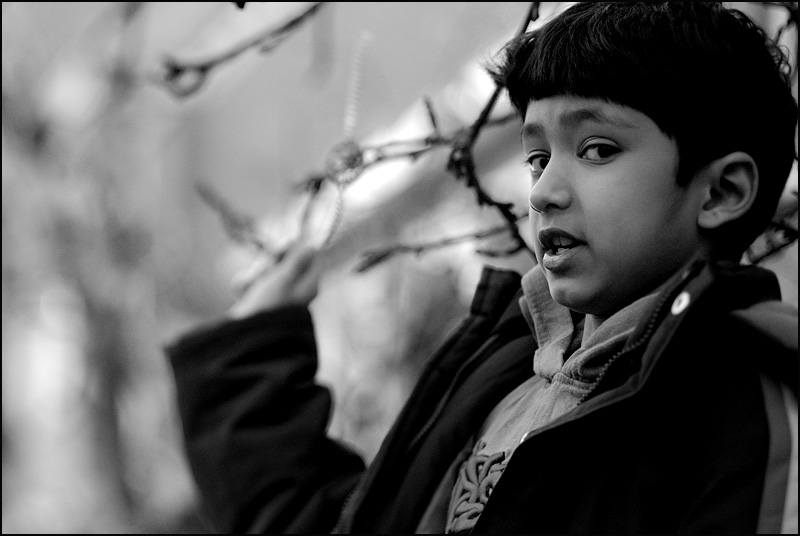greypilgrim
New member
Took a while getting here from Italy. As promised, here are some early results. These are horrible shots, but they (I hope) demonstrate the effects of the adapter with a 50 f1.8 and a 20 f3.5.
The first two shots are next to a jinfinance nikon adapter. The purpose of the ruler is to show that this adapter is slightly shorter than the jinfinance one. This means that it is even further off the infinity mark for focus, so close focusing is compromised. The second of these shots gives a little idea of the delta in length.
After those shots are three with the 50 and then three with the 20. In order, they are tilted down, not tilted, and tilted upwards. The thing I immediately noticed is the shift in the focal point while tilting. I left that in the images so it could be seen rather than readjusting to the same focal point. I wasn't expecting it, although I guess it makes sense.
I am hoping to get out this weekend to do some real shooting (first non rain for quite a while this weekend).
Doug








The first two shots are next to a jinfinance nikon adapter. The purpose of the ruler is to show that this adapter is slightly shorter than the jinfinance one. This means that it is even further off the infinity mark for focus, so close focusing is compromised. The second of these shots gives a little idea of the delta in length.
After those shots are three with the 50 and then three with the 20. In order, they are tilted down, not tilted, and tilted upwards. The thing I immediately noticed is the shift in the focal point while tilting. I left that in the images so it could be seen rather than readjusting to the same focal point. I wasn't expecting it, although I guess it makes sense.
I am hoping to get out this weekend to do some real shooting (first non rain for quite a while this weekend).
Doug


















